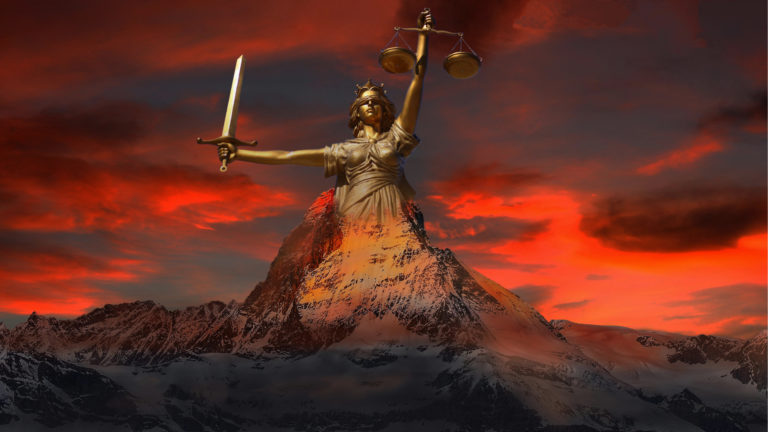The Pelican State, Louisiana, just passed a law requiring the display of the Ten Commandments in public schools. The posters have a specified size and must be paid for by private donations. The purpose of the law is a blatant attempt to get religion back in public schools but the legal convolutions for trying it out once again are rather interesting, though I don’t think the reasoning will work.
Here’s an NPR interview with Matt Krause of the First Liberty Institute that defends religious liberty cases and supports the new law. He specifically singles out Kennedy v. Bremerton School District as showing a path forward for the Decalogue to reappear on schoolhouse walls. In Kennedy, a football coach would go pray at the 50-yard-line after games. He didn’t gather students with him or utter prayers over a loudspeaker. He just prayed alone. The school district fired him because they were nervous about the separation of church and state and the appearance of endorsement by the school system due to an employee acting religious. SCOTUS, however, used a balancing test between the coach’s First Amendment rights and the school’s desire for non-endorsement and concluded that the school system went too far. Krause thinks that the suspension in Kennedy of a hard delimitation gained from Lemon v. Kurtzman and the adoption of a weaker “history and tradition” standard creates a gap that the Decalogue can sneak through.
I doubt it. The balancing in Kennedy sheds little light on schoolhouse Ten Commandments posters which were ruled against in Stone v. Graham. In Stone, a strict “Lemon test” was applied to the display and it was found to have no secular purpose.… Read the rest

